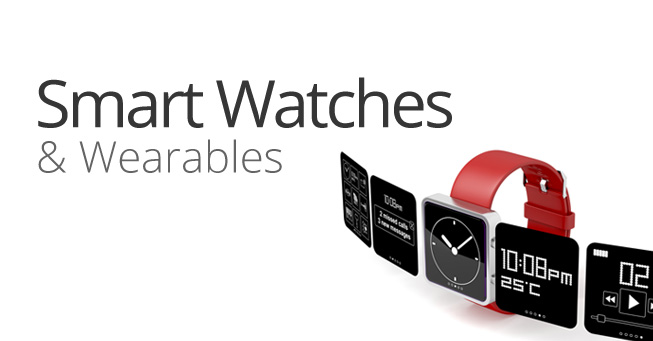It’s not all that long ago that the buzz about the Internet of Things and a content streaming refrigerator stole the show at the 2014 CES, and the Mobile World Congress in Barcelona was abuzz with a bandwagon full of smart watches that manufacturers sincerely hoped would find their way into the hearts and onto the wrists of mobile lifestyle consumers. Apple’s recent debut of its own entry into a field crowded less with thoroughbreds than a herd of mildly confused sheep has not helped make the point of smart watches any clearer to observers.
Où est la Révolution?
While Apple and Samsung by the sheer size of their respective user bases are the tech equivalents of an 800-pound gorilla, there’s still a need to have a product to displace before the revolution can occur. Preferably the product about to be overthrown would be another older, obsolescing product, but as The New Yorker observed, a large portion of the public just doesn’t get smart watches. People are happy with their tablets, their smartphones, their Fitbits, and their music players. While these devices give a faint nod to the fitness and medical applications that a smart watch is well suited to perform, the smart watch just isn’t really there yet as it doesn’t do anything, well, revolutionary. Or at least not just yet.
The Appleistas are always quick to pick up any new Apple product simply because it is an Apple product with Apple aesthetics and Apple cachet. In the run-up to this early 2015 release—possibly in time to steal the 2015 Consumer Electronics Show in January —Apple hired executives and consultants from Tag Heuer, Burberry, and YSL to provide style in addition to the Apple functionality. The resulting three iterations of the Apple watch can best be described as follows:
- Sport: A collection of 10 models with a new lightweight aluminum alloy casing, ionX glass, and a comfortable, breathable fluoroelastomer band in five colors.
- Watch: A collection of 18 models featuring sapphire glass and stainless steel casings, and bands ranging from classic leather to stainless steel.
- Edition: Reminiscent of the classic Cartier Tank Watch, the Edition features an 18k yellow or rose gold case, sapphire bezel, and a black band.
The technology, as always, is fascinating to read and the styles are engaging even if the watches leave one unsure as to why—other than flashing one around on your arm—you would purchase it. Even Tech Times, normally a font of information, could seem to do little other than to run the Apple smart watch up against their cross-Pacific rival, Samsung. The Guardian, however, seems to take the Appleistas’ tone, declaring in an article that “the Apple Watch will power the Internet of Things!” and noting at the same time that Tim Cook’s first launch as Apple CEO lacked the Steve Job’s raison d’être that boosted the iPad into orbit and past the initial volley of Internet hoots and naysayers. However, the catch with Apple devices is how intimately they connect with the lives of their users and become, frankly, indispensable to people living busy, modern lives.
Ask anyone with a smartphone—any smartphone, not just an iPhone—or a tablet if they could get along without it, and you will be provided at length with a list of everything that the device does for them. The digital world is now the real world, carrying our work, our play, our intellectual diversions, our news, and our daily lives on chips in engaging little cases. The Apple Watch will create its own niche, and innovations will come to it, not the other way around. In two years you’ll be hearing the naysayers avowing that they have no idea what they’d do without it. That’s just Apple’s way.

